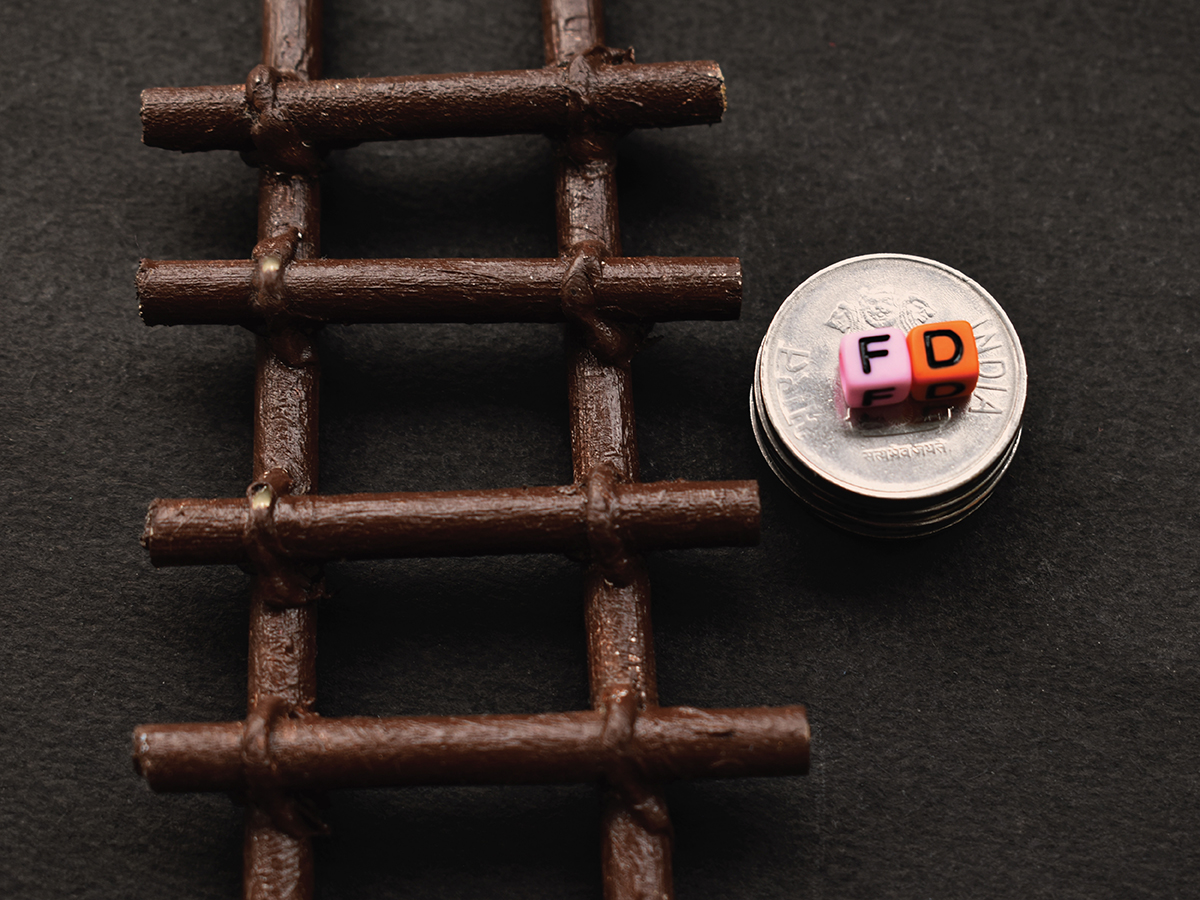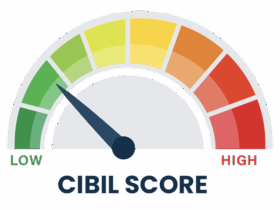The Monetary Policy Committee (MPC) is crucial in regulating the repo rate to manage inflation and lending rates nationwide. Due to global economic uncertainties, the repo rate remained unchanged between May 2020 and May 2022.
However, since May 2022, the MPC has consistently raised the repo rate in each bi-monthly meeting. Despite expectations of another hike, the MPC recently announced a pause, maintaining the repo rate at 6.5%.
A hike in the repo rate directly impacts banks’ lending rates, leading to higher returns on instruments like fixed deposits (FDs). The series of repo rate hikes since 2022 has been advantageous for FD investors, resulting in higher FD rates.
Since the repo rate and FD rates are closely linked, an increase in the former typically leads to a rise in the latter. However, with the repo rate currently on hold, investors need to strategise their FD investments to maximise returns in light of the pause.
About FD Laddering
FD laddering is a strategic approach to fixed deposit investments to maximise returns while ensuring sufficient liquidity. It involves dividing a substantial investment into smaller portions, each in separate FDs.
FD laddering involves distributing investments across various fixed deposits with different maturity dates and interest rates, creating a “ladder” of maturity schedules. This strategy ensures liquidity and allows reinvesting at potentially higher interest rates later on.
Why FD Laddering?
FD laddering offers the dual benefit of high-interest earnings and freedom from the worries of fluctuating interest rates. It provides liquidity without sacrificing returns, ensuring flexibility, effective risk management, and potential tax savings while working towards your long-term investment goals. With FD laddering, you receive returns periodically, providing a steady income stream.
Additionally, as each FD matures at different intervals, you have the option to access funds when needed while reinvesting the remaining amount into new FDs. This systematic approach ensures that you can manage your finances effectively and optimize your returns over time.
Implementing FD Laddering
Utilise FD Return Calculators: Before implementing FD laddering, use FD return calculators available online to estimate potential returns based on different investment scenarios. This will help you plan your laddering strategy effectively and maximise your overall returns.
Analyse Current Repo Rate Trends: Keep a close watch on the repo rate trends set by the RBI. As changes in the repo rate directly impact FD interest rates, understanding these trends will help make informed decisions about the duration of your FD investments.
Diversify Tenures and Issuers: Spread your FD investments across various tenures and issuers to access the best rates available in the market. Consider investing in FDs offered by different banks or financial institutions to diversify your risk and maximise returns.
Steps To Optimise FD Laddering
- Track Interest Rate Movements: Stay updated on interest rate trends and predictions to identify chances for reinvesting at better rates.
- Reinvest Upon Maturity: Upon maturity of each FD, reinvest the funds into a longest tenure FD in your ladder, potentially maximising returns.
- Evaluate Liquidity Requirements: Assess your liquidity requirements and financial objectives before adopting the FD laddering approach. If higher liquidity is necessary, allocate more funds to shorter-term FDs and adjust accordingly.
Things To Consider Before Choosing FD Laddering
Liquidity Assessment: Before embarking on FD laddering, thoroughly evaluating your liquidity needs is crucial. Careful planning ensures that some FDs mature and, at times, align with your liquidity requirements.
Interest Rate Analysis: Dynamic interest rates necessitate a diligent analysis of trends before implementing FD laddering. Optimal timing is key to leveraging favourable interest rate conditions.
Early Withdrawal Considerations: Factor in potential penalty charges associated with premature FD withdrawals when structuring your laddered FD portfolio. Avoiding early withdrawals helps maximise returns.
Tax Considerations: Given that interest income from fixed deposits is subject to taxation, it’s imperative to assess the tax implications before committing to FD laddering. It ensures a total understanding of the overall financial impact.
Final Word
In the current unpredictable economic climate, making well-informed investment choices is paramount for securing your financial well-being. One strategy that can help you reach your financial objectives and inch closer to your aspirations is fixed deposit laddering.
Fixed deposit laddering presents a compelling investment strategy for maximising returns in the current repo rate regime. By diversifying investments across multiple FDs with staggered maturities, investors can optimise returns, mitigate interest rate risk, and enhance liquidity.
With the help of FD return calculator and a thorough analysis of repo rate trends, investors can implement FD laddering effectively to achieve their financial goals and have a better financial future.








